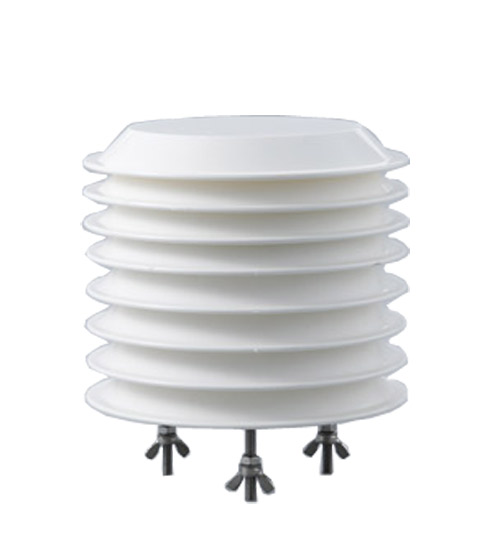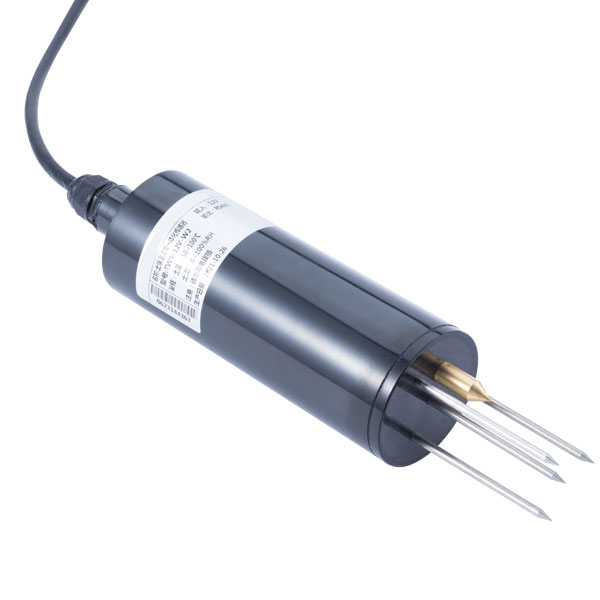

— Blogs —
—Products—
 Consumer hotline +8618073152920
Consumer hotline +8618073152920 WhatsApp:+8615367865107
Address:Room 102, District D, Houhu Industrial Park, Yuelu District, Changsha City, Hunan Province, China
Product knowledge
Time:2021-12-25 15:32:34 Popularity:1035
Classification of dynamic routing protocols for industrial whole network routers
Industrial routers are connecting devices between networks. It has two most important tasks, one is path selection, and the other is data forwarding. Industrial-grade wireless router IP protocol (Internet Protocol), also known as Internet protocol, is a datagram protocol that supports interconnection between networks. Together with TCP protocol (Transmission Control Protocol), it forms the core of the TCP/IP protocol suite. The following is the detailed content about the dynamic routing protocol classification of industrial whole network routers:
Routing protocol classification
According to different standards, the dynamic routing protocol of industrial whole network routers can be distinguished as follows.
1. According to the scope of action, routing protocols can be divided into:
Interior Gateway Protocol (IGP)
It runs inside an autonomous system. Common industrial-grade network-wide router IGP protocols include RIP, OSPF and IS-IS.
Exterior Gateway Protocol (Exterior Gateway Protocol, EGP for short)
Running between different autonomous systems, BGP is currently the most commonly used industrial full Netcom router EGP.
2. According to the type of destination address, routing protocols can be divided into:
Unicast Full Netcom Industrial Router Routing Protocol (Unicast Routing Protocol)
includes RIP, OSPF, BGP, IS-IS, etc.
Multicast Routing Protocol (Multicast Routing Protocol)
includes DVMRP, PIM-SM, PIM-DM, etc.
3. According to the algorithm used, routing protocols can be divided into:
Distance-Vector Protocol (Distance-Vector)
includes RIP and BGP. Among them, BGP is also known as the dual-card router path vector protocol (Path-Vector).
Link-State Protocol (Link-State)
includes OSPF and IS-IS.
The main difference between the above two algorithms lies in the method of route discovery and industrial-grade full Netcom routers.
Different routing protocols (including static routing) may find different routes, but the routes of these industrial routers across the entire network are not all optimal. In fact, at a certain moment, the current route to a certain destination can only be determined by a single routing protocol. In order to determine the optimal industrial dual-card router routing, each routing protocol (including static routing) is given a priority. When there are multiple routing information sources, the routing discovered by the routing protocol with higher priority will become the best routing.
Various full Netcom industrial router routing protocols and the default priority of the discovered routes are shown in the following table. Among them: 0 means directly connected industrial TD-LTE router route, 255 means any route from untrusted source; the smaller the value, the higher the priority.
From the point of view of filtering network traffic, the role of industrial-grade routers is very similar to that of switches and bridges. But unlike switches that work at the physical layer of the network and physically divide network segments, industrial 4G routers use special software protocols to logically divide the entire network. For example, an industrial LTE router that supports the IP protocol can divide the network into multiple subnet segments, and only network traffic directed to a special IP address can pass through the industrial-grade 4G router.
For each received data packet, the industrial-grade LTE router will recalculate its check value and write a new physical address. Therefore, the speed of forwarding and filtering data using industrial entire network routers is often slower than that of switches that only view the physical addresses of data packets. However, for those networks with complex structures, the use of industrial full Netcom routers can improve the overall efficiency of the network. Another obvious advantage of an industrial-grade full network router is that it can automatically filter network broadcasts. Generally speaking, the entire installation process of adding an industrial-grade full Netcom router to the network is much more complicated than a plug-and-play switch.
Prev:What is a watchdog? Watchdog important to industrial routers?
Next:Introduction to M2M applications and several key M2M standards
Sensors & Weather Stations Catalog
Agriculture Sensors and Weather Stations Catalog-NiuBoL.pdf
Weather Stations Catalog-NiuBoL.pdf
Related recommendations
Related products
 Atmospheric Temperature Humidity Pr···
Atmospheric Temperature Humidity Pr··· Soil Temperature Moisture Sensor 4-···
Soil Temperature Moisture Sensor 4-··· Air temperature, humidity and atmos···
Air temperature, humidity and atmos···
Screenshot, WhatsApp to identify the QR code
WhatsApp number:+8615367865107
(Click on WhatsApp to copy and add friends)